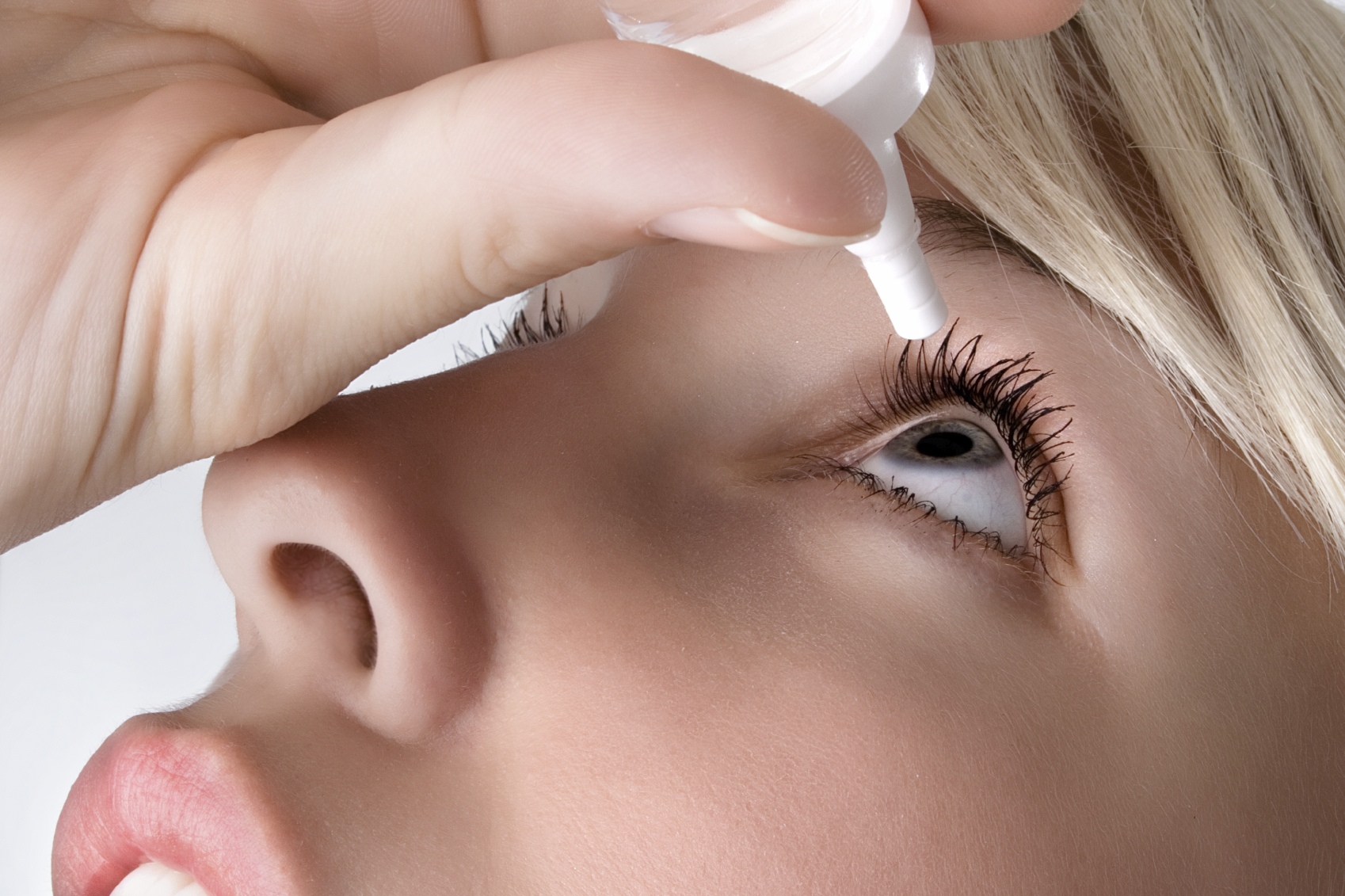Dry Eye
Dry Eye
Dry eye syndrome is a very common disease where the eye under-produces tears or tears evaporate too quickly. A normal functioning eye constantly produces a tear film, which acts as moisturizer and lubricant. For someone with dry eye, the resulting lack of moisture and lubrication can cause a variety of problems.
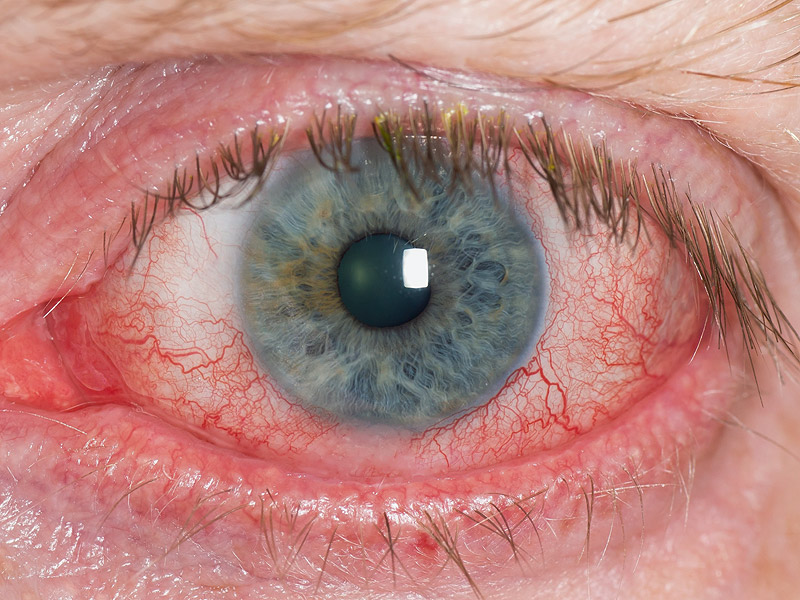
Dry eye symptoms may include:
- A burning, stinging, or scratchy sensation in the eyes.
- Eyes may redden and become easily irritated by wind or smoke.
- The eyes may produce stringy mucus.
- Contact lenses may be difficult or impossible to wear.
- Sometimes the eye will actually produce excessive tears, and overflow.*
- Decreased vision
*Though it sounds contradictory, sometimes the eye will actually produce excessive tears, and overflow. The eye becomes irritated by the lack of lubrication and attempts to cleanse itself with a flood of tears. This is a similar phenomenon to the tearing that occurs when foreign matter is stuck in one’s eye.
Dry eye syndrome is typically more common in older people and women; however, there are many other factors that can cause this to happen. A common cause of dry eye can be over the counter and prescription medications such as antihistamines, beta-blockers, sleeping pills, pain relievers and many others. For this reason, it is very important to inform us about all medications you are currently taking.
Sometimes the cause of dry eye is unknown. Known causes of dry eye may be natural occurrence with aging, certain diseases (Sjogren's Syndrome, Lupus, Rheumatoid Arthritis), environment (low humidity) or certain oral or eye medications.
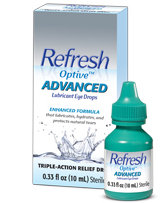
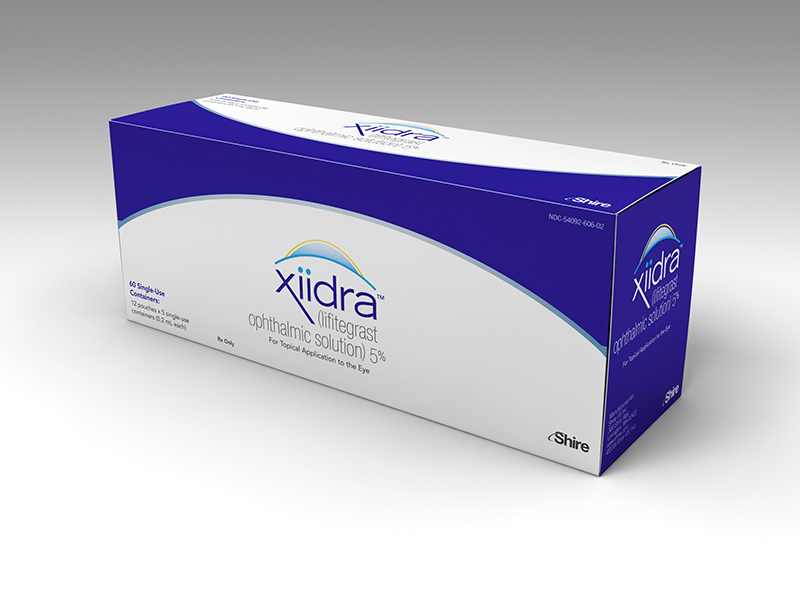
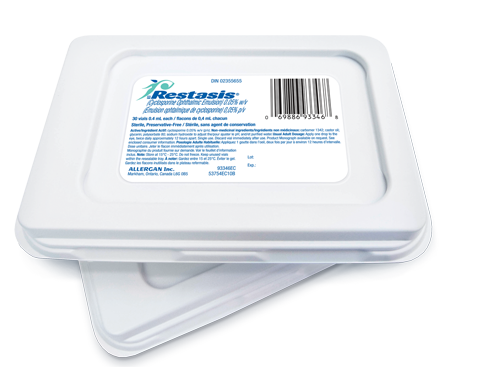
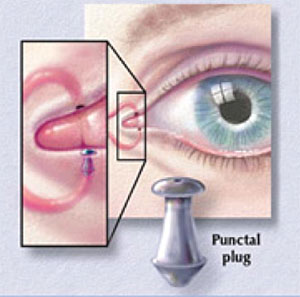
Treatments for dry eye:
- Artificial tears: Mild to moderate cases of dry eye syndrome may be treated by applying artificial tear eye drops as little or as often as necessary. There are a wide range of products available without a prescription.
- Prescription medications: Can sometimes increase tear production for those with chronic dry eye. It does this by targeting inflammation in the eye.
- Conserving tears: An effective way to make better use of the tears in the eye is surgery to close the tear ducts, thus preventing existing tears from leaving the eye as quickly. This may be done temporarily, with punctal plugs made of collagen, or permanently with silicone plugs or by cauterizing the tear ducts closed.
- Controlling one’s environment: Patients should avoid situations in which tears evaporate quickly; for example, by using a humidifier in a dry house, wearing wrap-around glasses in the wind, and not smoking.
If you are experiencing any symptoms of dry eye, we encourage you to contact us at 888-841-EYES to schedule a consultation.
